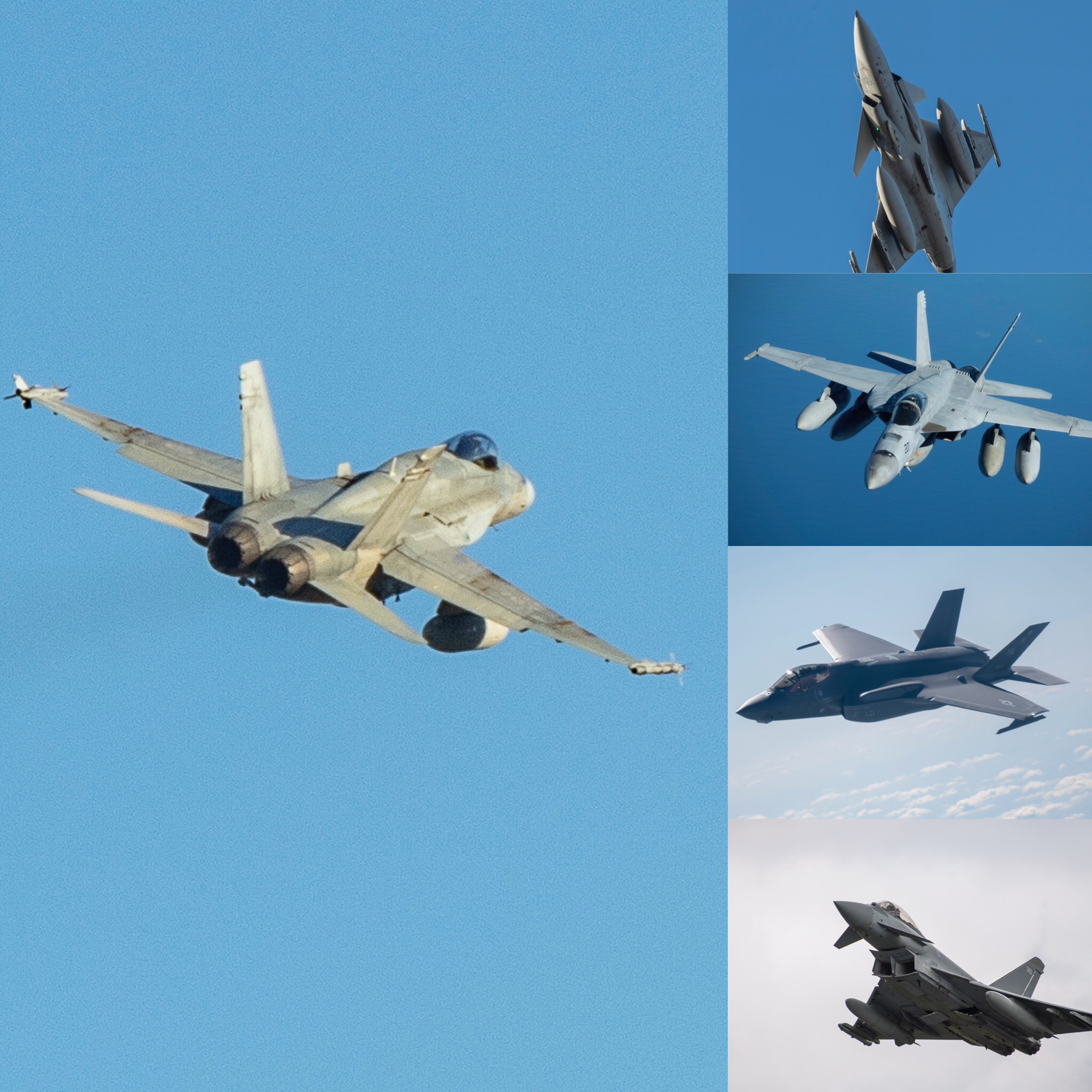
Boeing and Lockheed Martin, rivals locked in Canada’s long-time saga of considering a next-generation fighter, were two of four firms invited this week to submit bids to build the aircraft.
Canada plans to buy 88 fighters in what the government is calling its most significant investment in the Royal Canadian Air Force in more than three decades. In this latest installment of a two-decades-long process, Canada is giving suppliers until spring to submit proposals and plans to select a contest winner in 2022. The government wants first delivery in 2025.
“Our government is delivering on its promise to replace Canada’s fighter jet fleet through an open and transparent competition. Today marks an important step in the process that will provide the women and men of the Royal Canadian Air Force with the aircraft they need to help ensure the safety and security of Canadians, at the right price and with the most economic benefit to Canada,” reads a statement released by Carla Qualtrough, Canada’s minister of Public Services and Procurement and Accessibility.
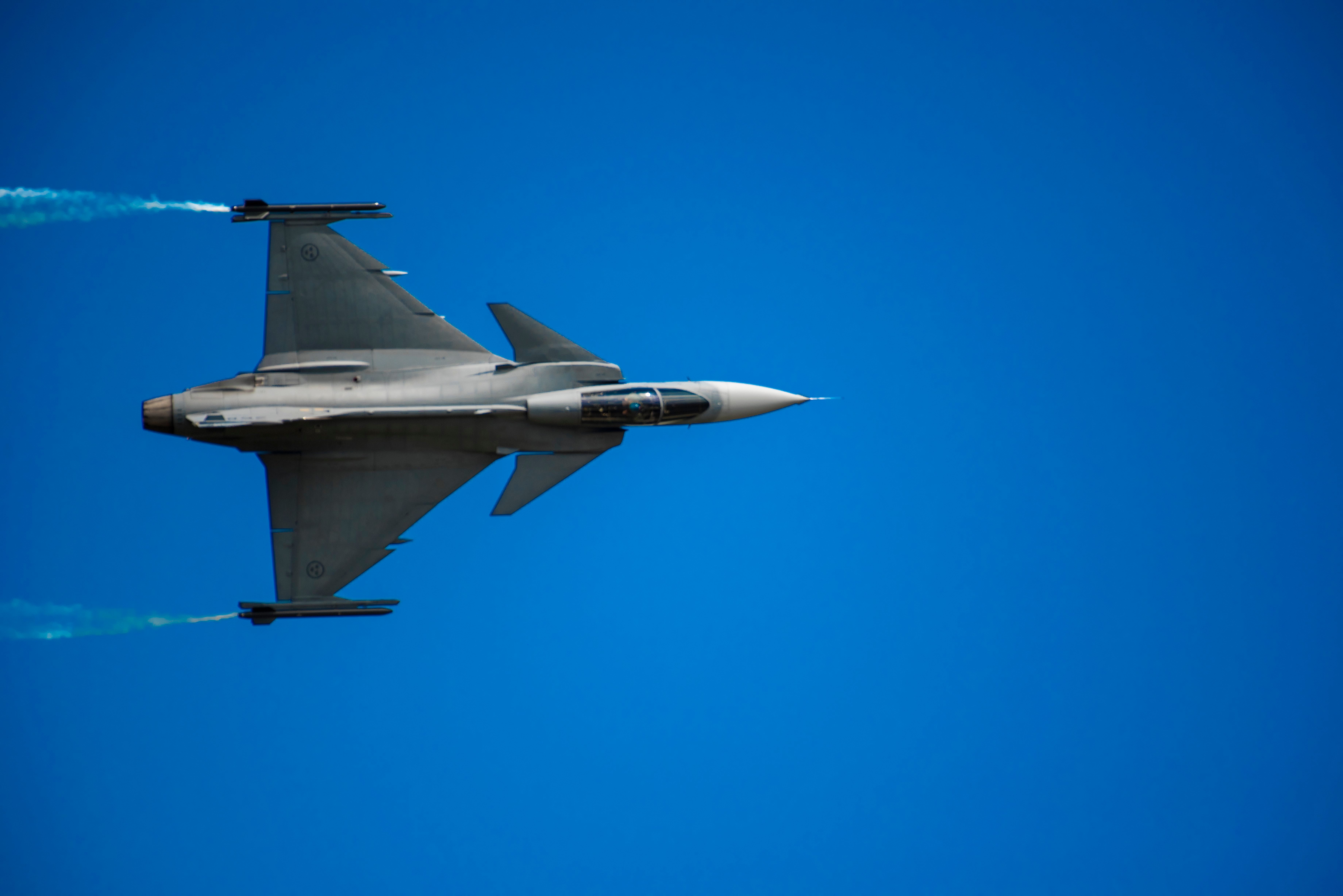
Canada plans to retire its aging fleet of 76 CF-18 fighters, a variation of the McDonnell Douglas-built F-18 Hornet. Canada’s fighters were bought between 1982 and 1988 but have since been modernized.
The request for proposals, released by the Canadian government earlier this week, invited Lockheed Martin, Boeing, Saab and Airbus to submit bids. Lockheed is expected to pitch its F-35 and Boeing is expected to pitch its F/A-18E/F Super Hornet in an apparent continuation of decade-long debate in Ottawa. The Saab-built JAS 39 Gripen and the Airbus Defense-built Eurofighter Typhoon are also likely candidates.
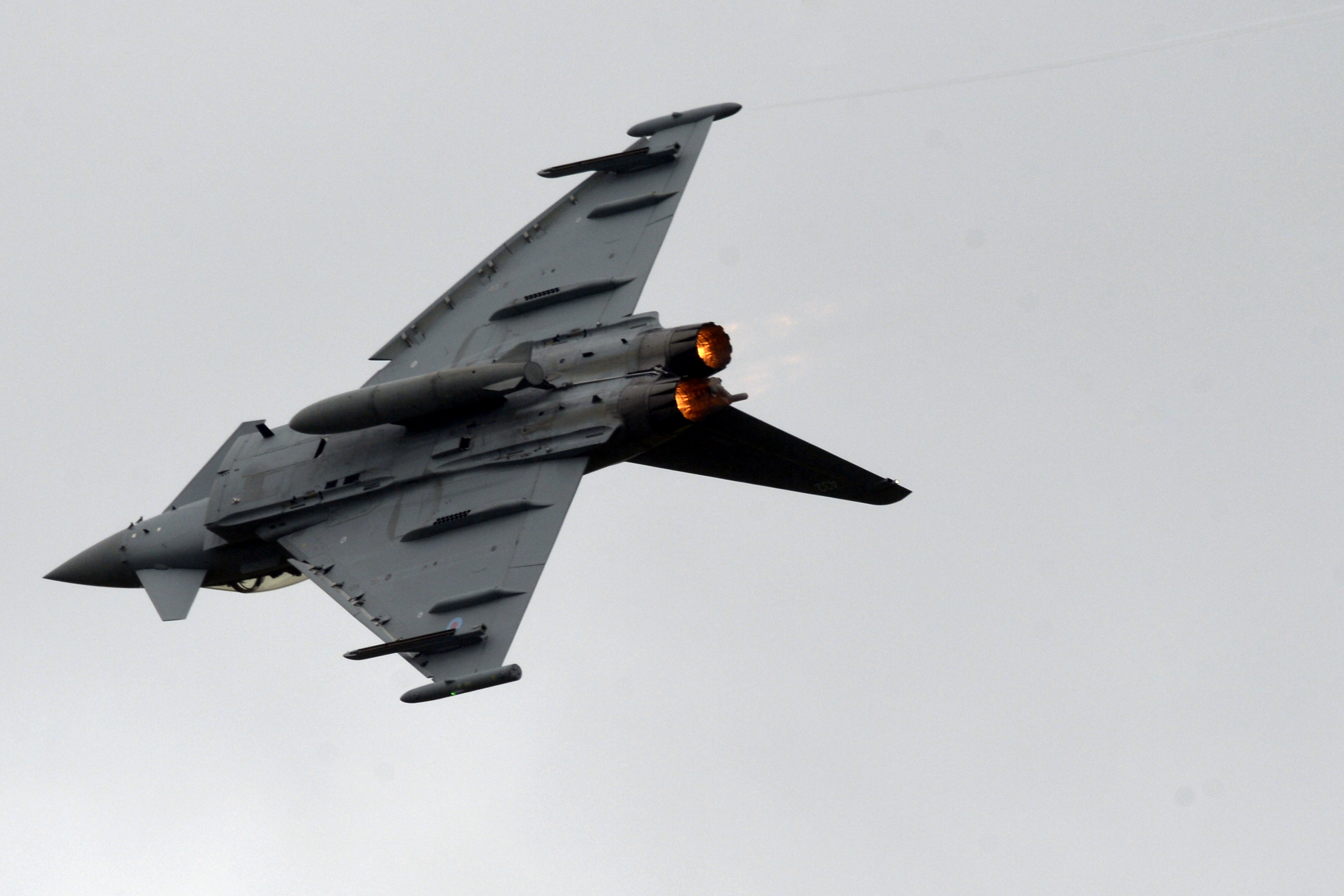
Canada started considering replacing the CF-18 more than 20 years ago. In 1997, then-Prime Minister Jean Chretien’s government signed up Canada to participate in the F-35 program with no obligation to buy the next-generation fighters, according to a 2017 policy update by Alan Stephenson, a fellow at the Canadian Global Affairs Institute. Stephenson is also a retired colonel in Royal Canadian Air Force and a CF-18 pilot.
Problems with Canada’s participation in the F-35 program occurred in 2010, when then-Prime Minister Stephen Harper’s government announced the sole-source selection of 65 F-35 aircraft, according to Stephenson.
“This miscalculated decision to sidestep a formal competition initiated the politicization of the CF-18 replacement as the Conservatives made use of the proposed acquisition for partisan purposes,” Stephenson wrote.
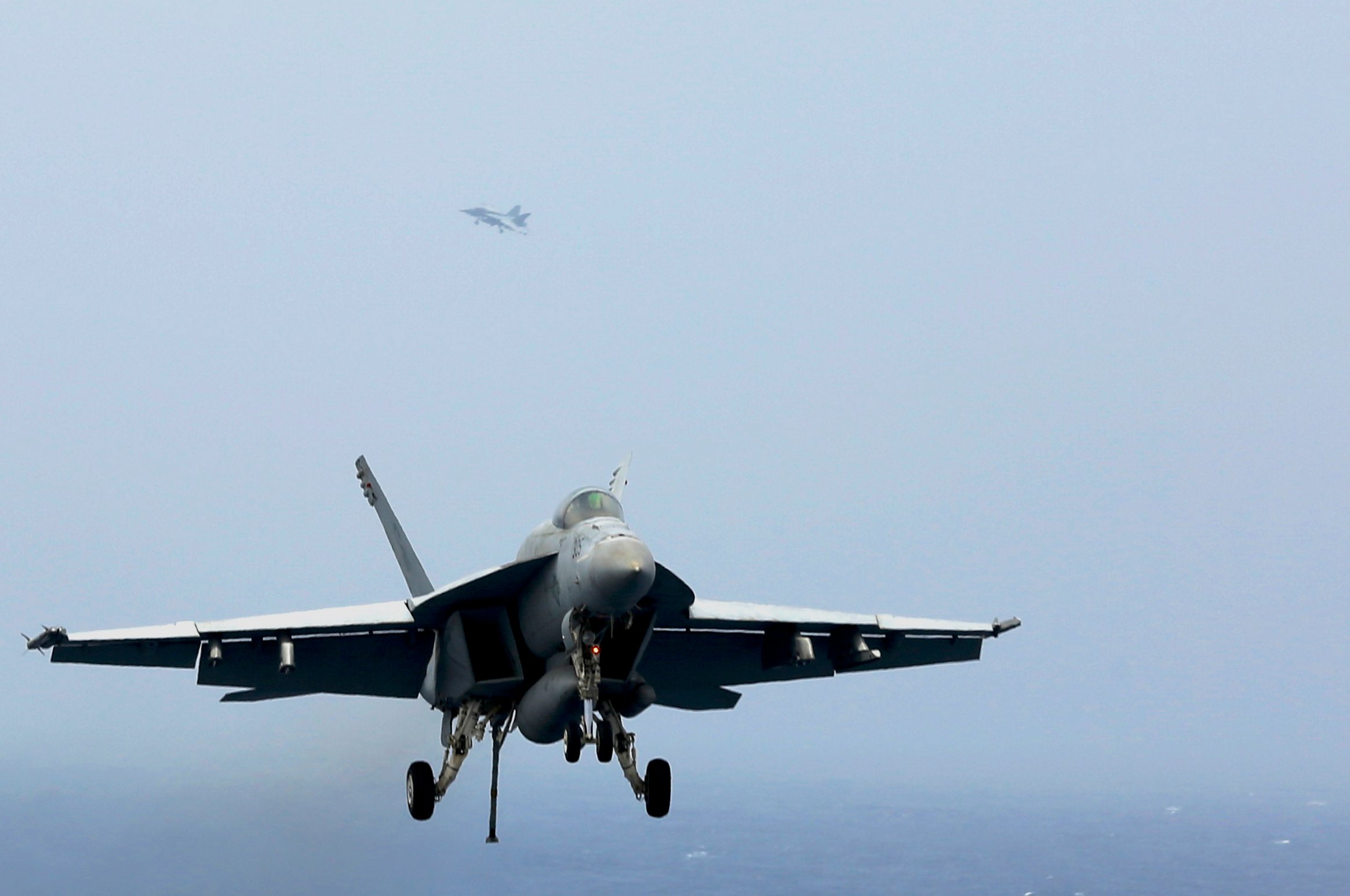
The opposition Liberal party used the apparent lack of transparency in the CF-18 replacement program as a campaign issue, including a major part of the platform Justin Trudeau used to win the election in 2015.
“We will not buy the F-35 stealth fighter-bomber. We will immediately launch an open and transparent competition to replace the CF-18 fighter aircraft. The primary mission of our fighter aircraft should remain the defense of North America, not stealth first-strike capability. We will reduce the procurement budget for replacing the CF-18s, and will instead purchase one of the many, lower-priced options that better match Canada’s defense needs,” stated Trudeau’s 2015 platform.
But Stephenson writes that Trudeau’s government made the same mistake of his predecessor, this time announcing in 2016 a plan to award a sole-source fighter contract for 18 F/A-18E/F Super Hornets from Boeing.
The plan received U.S. Department of State approval in September 2017 but was scrapped three months later following a complicated U.S.-Canada trade dispute between Boeing’s commercial arm and the Canadian aerospace company Bombardier, USNI News reported in December 2017.
Instead, Trudeau’s government announced a new competition limited to the four aircraft manufacturers announced earlier this week.
In 2017, when announcing the new competition, Qualtrough didn’t specifically name Boeing but did strongly hint the manufacturer needed to work on its image, saying, “bidders responsible for harming Canada’s economic interests will be at a distinct disadvantage.”
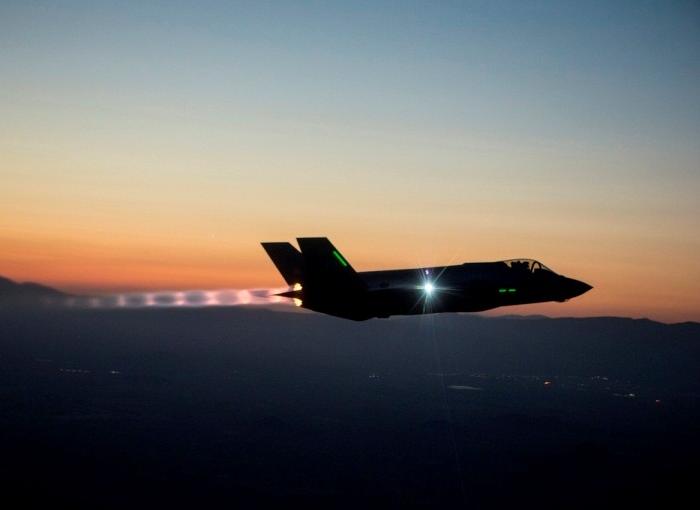
Such comments suggest to Stephenson that the CF-18 replacement debate was never really about finding a new fighter but about party politics.
“If the Liberals wish to prioritize funding for social programs, then they should be upfront and honest. If the government wants to assist a Canadian company under duress, then it should find solutions that do not jeopardize national security,” Stephenson wrote in 2017.
Now, as Canada seeks bids from Lockheed Martin, Boeing, Saab and Airbus, Trudeau’s government clearly states local economic benefits are an integral part of determining the winning bid. Aircraft will be judged on technical merit, cost and economic benefits to Canada.
All suppliers will be required to provide a plan for economic benefits equal to the value of their proposed contract, with maximum points only being awarded to suppliers who provide contractual guarantees.
“Concrete, lasting economic benefits for Canadians are a priority for this project. This procurement is a once-in-a-generation opportunity to support the growth of Canada’s highly skilled workforce in the aerospace and defense industries. We are confident Canadians will reap the full value of this procurement process through investments, research and development, and good jobs for decades to come,” Navdeep Bains, Canada’s minister of Innovation, Science and Economic Development, said in a statement.





